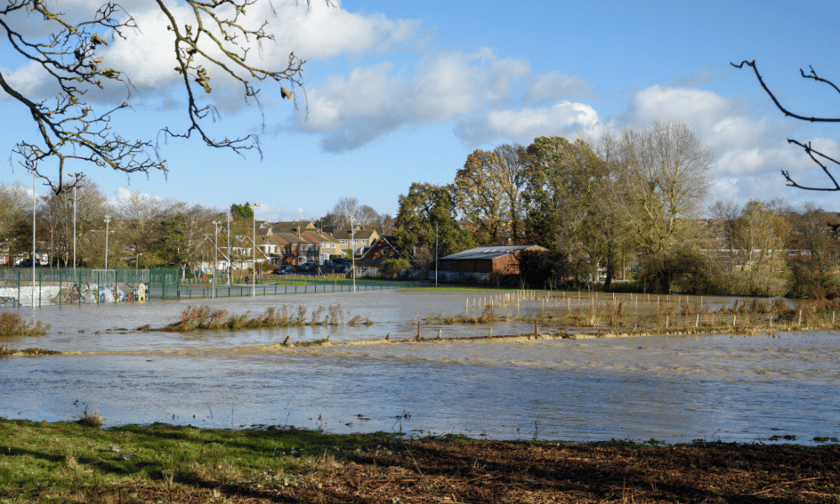

Flooding remains one of the most frequent and severe natural disasters in the United States, affecting communities nationwide and causing long-term damage.
Despite its widespread impact, a significant portion of flood losses remains uninsured, highlighting the gap between flood risk and financial protection.
The 2025 State of Flood Report, published by Torrent Technologies, a subsidiary of Marsh McLennan, examines these issues and emphasizes the need for expanded insurance coverage to enhance community resilience.
According to Torrent's report, the National Flood Insurance Program (NFIP) has provided coverage for nearly six decades, offering financial protection for residential and commercial properties.
Private flood insurance options have also expanded, particularly for businesses seeking higher coverage limits. However, the utilization of both NFIP and private flood insurance remains low.
A Federal Reserve Bank of Philadelphia analysis found that 70% of expected annual flood losses in single-family residences across the US will remain uninsured.
Hurricane Helene, which struck the southeastern US in September 2024, underscored the insurance gap. The storm caused severe flooding across Florida, Georgia, the Carolinas, Tennessee, and Virginia, resulting in more than 230 fatalities.
In inland areas affected by the hurricane, fewer than 1% of properties had flood insurance, according to NFIP data.
The NFIP paid out more than $1.4 billion for over 56,000 claims in 2024, a significant increase from 16,400 claims totaling $968 million the prior year.
Beyond hurricanes, changing climate patterns are contributing to increased flood risks. NOAA projects that high-tide flooding will become more frequent due to rising sea levels, particularly in coastal cities such as Miami and Galveston.
Additionally, wildfires in California have altered the landscape, increasing the risk of flash floods and mudflows in previously burned areas.
NFIP coverage is mandated only for properties in designated Special Flood Hazard Areas (SFHAs) with federally backed mortgages, leaving many homeowners outside these zones without insurance.
A Fannie Mae survey found that 52% of respondents knew they did not have flood insurance, while 21% incorrectly believed they were covered.
The State of Flood Report suggests that addressing these challenges requires expanding private market participation, increasing legislative support, and improving consumer education about flood insurance.
Private insurers are developing new products, such as parametric insurance, which provides faster payouts based on pre-set flooding thresholds, and community-based catastrophe insurance (CBCI), which allows local governments to secure collective coverage.
At the federal level, the Community Flood Coverage Savings Act has been introduced in Congress to establish a pilot program for community-based flood insurance.
Meanwhile, the Senate Banking Committee is considering long-term NFIP reauthorization to ensure program stability.
Expanding flood insurance education efforts is also a key recommendation in the report, as many property owners remain unaware of their exposure to flood risks or the availability of insurance options.
What measures should be prioritized to make flood insurance more accessible and effective? Share your thoughts in the comments.
